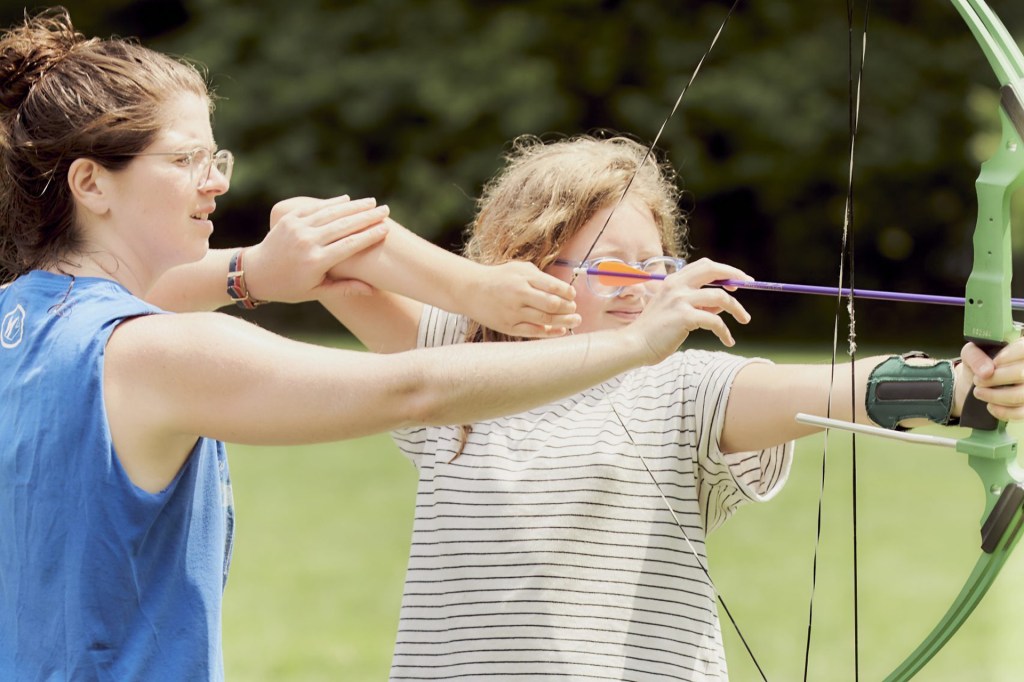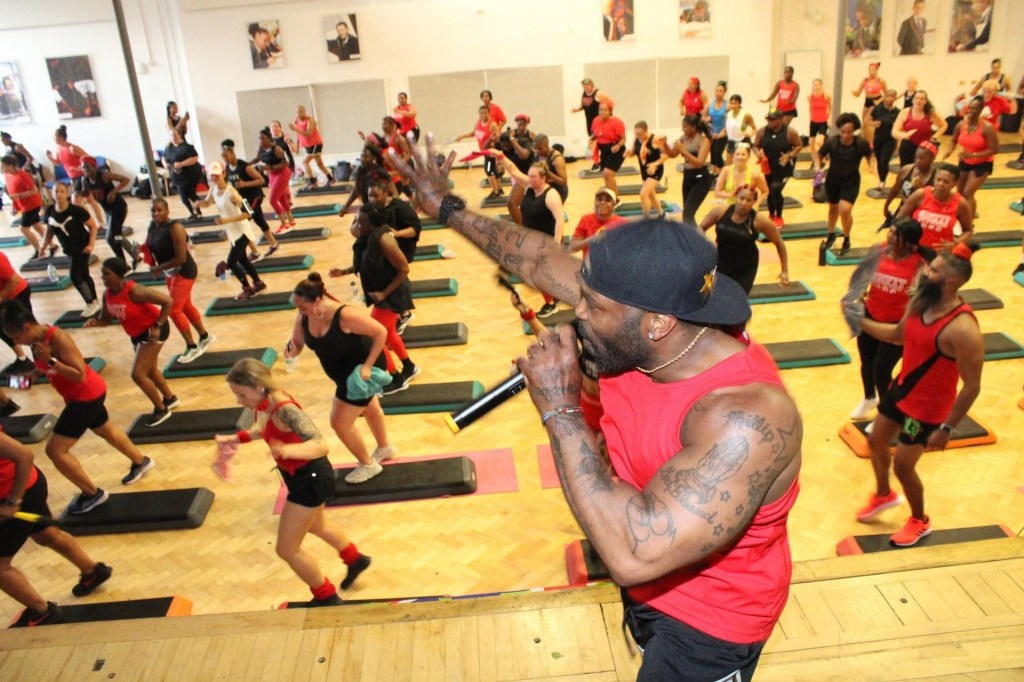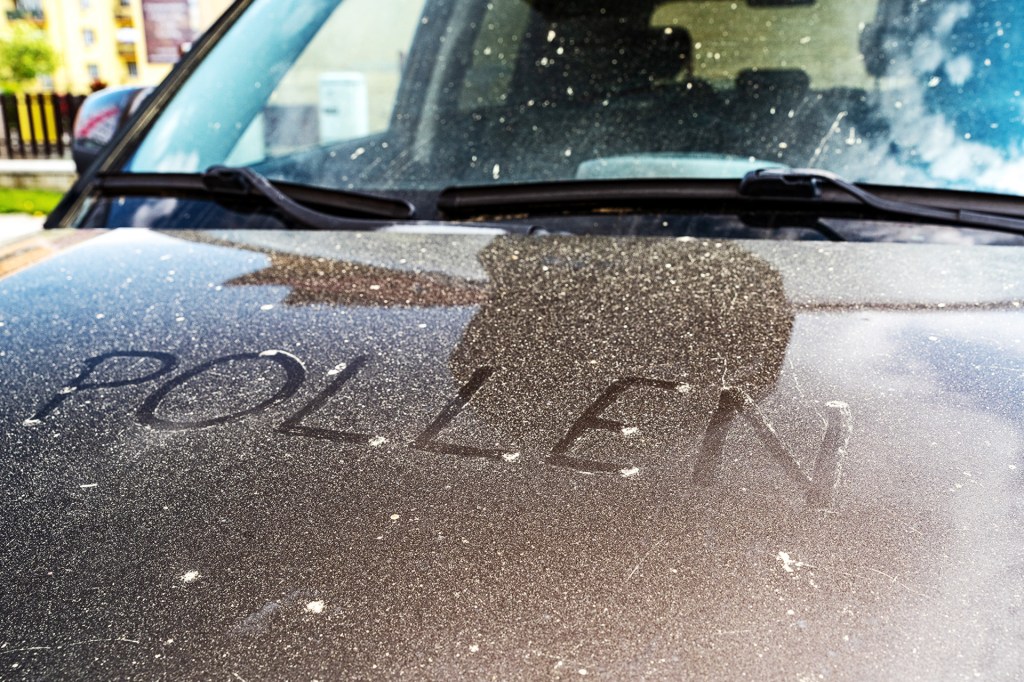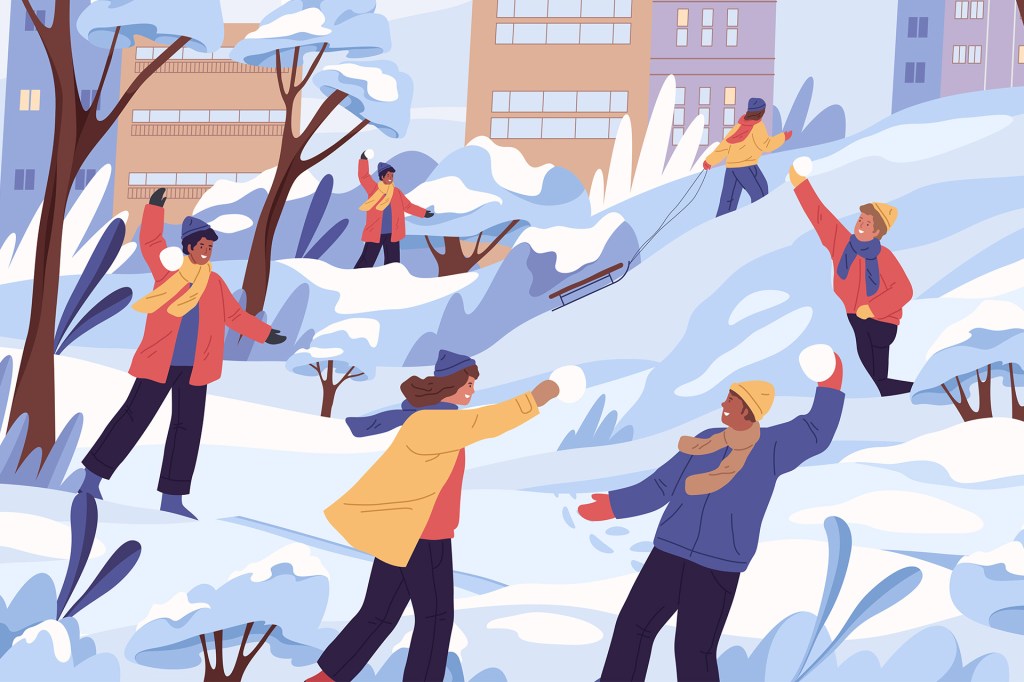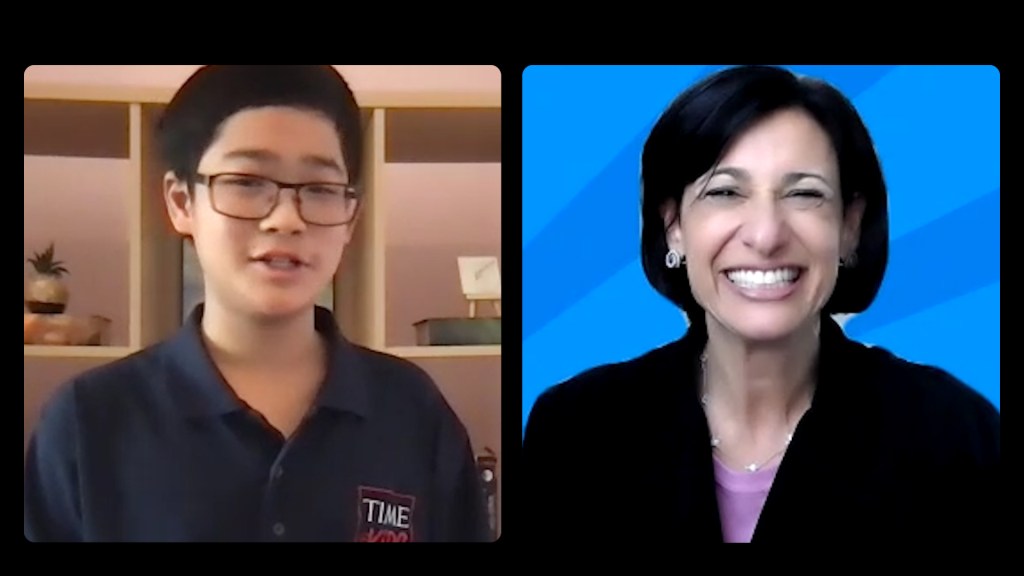
Spring is here, and summer is on the way. But the COVID-19 pandemic isn’t over yet. What can we do to get our lives back? When can we finally relax and take our masks off?
Dr. Rochelle P. Walensky has some answers. She’s the director of the U.S. Centers for Disease Control and Prevention (CDC). Dr. Walensky leads the agency’s 21,000 employees, who work to protect Americans’ health and safety. Before moving to CDC headquarters, in Georgia, Dr. Walensky worked at Massachusetts General Hospital and taught at Harvard Medical School. She has spent her life working to understand and battle diseases.
Recently, the CDC announced that kids ages 12 to 15 can get the COVID-19 vaccine. It also announced that fully vaccinated people no longer need to wear masks in most situations. I had an opportunity to talk with Dr. Walensky about these important developments, and to ask her questions from TFK Kid Reporters.
I learned that vaccinating kids and adults will move us closer to life as we knew it. This is the first time I’ve ever been excited to get a shot!
TFK Kid Reporter Jeremy Liew:
This has been a really busy week for you. I'm excited to speak with you.
The CDC just surprised us by announcing that people who are fully vaccinated don’t have to wear masks most of the time. Does that mean that if you’re fully vaccinated, life can go back to normal?
Dr. Rochelle P. Walensky:
I think we should first define what fully vaccinated is, so everybody understands. For kids 12 to 18, fully vaccinated means that you got two doses of the Pfizer vaccine, and then you waited two weeks to make sure you were completely through getting your whole immune response.
We have now said that [fully vaccinated] individuals are safe and can take their mask off. I think it’s going to take some time for us to get back to what we call “normal.” And I think we’re probably going to get back to perhaps even a new, better, safer normal. But I do think that this means that we are taking another giant step to getting back to the lives we once knew.
Jeremy:
What happens if someone who isn’t fully vaccinated doesn’t wear a mask?
Dr. Walensky:
It’s really important to understand that the guidance we put out is about people who are fully vaccinated, and that they are protected. People who are not fully vaccinated continue to not be protected. So guidance for them would be, one, go get vaccinated; two, wear your mask until you’re fully vaccinated. And if you decide not to get fully vaccinated, continue to wear your mask and practice all of the strategies—distancing, masking, handwashing—that we have been recommending for months now.
Jeremy:
You also recently announced that kids age 12 to 15 are able to get the COVID vaccine. I just turned 13, and a lot of my friends are eager to get it. Can you tell us more about that decision?
Dr. Walensky:
We have known that the Pfizer vaccine, when it was first authorized, went down to kids ages 16 and up. What they generally do in studies is first, they test them in the adult ages. And then they do different kinds of studies to make sure that they are also safe in kids, and that [kids] are getting the same immune response.
So we looked at the data, with the Food and Drug Administration [FDA], in over 2,200 kids. And they showed that the vaccine was safe and 100% protective. There were 16 cases of COVID in the kids who didn’t get a vaccine, and none in the kids who did get the vaccine. And in that context, what generally happens is the [FDA] goes first. They authorize the vaccine for this age range. And then the CDC comes in with their Advisory Committee on Immunization Practices, and we approve that authorization.
Jeremy:
A lot of kids have questions. The other TIME for Kids Kid Reporters shared some with me. Rory from California wants to know: “What impact do you think expanding the vaccine eligibility to 12- to 15-year-olds will have on the pandemic? And how soon will we see that impact?”
Dr. Walensky:
I hope it will have a big impact. I hope teens and tweens will be eager to get the vaccine. I have a 16-year-old. I knew he was particularly eager to get the vaccine because he was then able to go back to seeing his friends again, to go out again, to feel safer going out again.
There are about 17 million kids [in the U.S.] between the ages of 12 to 15. And they are now all eligible to get the Pfizer vaccine.
Jeremy:
What if your parents don’t really want you to get vaccinated?
Dr. Walensky:
That’s certainly going to be a family discussion. What I would encourage teens and parents to do is to get more information. Talk to trusted advisers in your community: your pharmacist, your pediatrician, local health departments, your clergy. Go and talk to them about the benefits and risks of potential vaccination.
Jeremy:
Here’s a question from Pranav from New York: “Do the current vaccines effectively protect kids from new and emerging variants of the coronavirus?”
Dr. Walensky:
Great question. We are watching these emerging variants very, very carefully. The data out there now demonstrate that all of our vaccines work to prevent against all the variants that we have here in the United States. And we have no reason to suspect that would be different for kids [than for] for adults.
Jeremy:
Many of the TFK Kid Reporters want to know about schools. Here’s a two-part question. Sophia from New Jersey asks: “How will schools handle some students being vaccinated and some not?” And Victoria from Pennsylvania asks: “Do you think that eventually, students will be required to get the COVID-19 vaccine?”
Dr. Walensky:
Both of those are really important questions. Just as we’ve released guidance for what you can do if you’re vaccinated, we now have to revise our guidance for how schools are going to handle kids who are vaccinated and [kids] who are not. There are going to be [schools with students] ranging [from] before the age of 12 [to] above the age of 12. And then there are going to be schools that are entirely eligible.
We don’t have any vision right now that we, as a part of a federal government, will require vaccination. Each city and county will make those decisions. I also want to emphasize that we are not one uniform country in terms of how we are doing in a pandemic. Areas in the country have higher rates of vaccination. Other areas have lower rates of vaccination. Similarly, some areas have high rates of disease and low rates of disease. So as schools are making those individual decisions, they’re going to have to look at how their county or city is doing.
Jeremy:
Talking about schools, here’s another question. Bellen in Virginia asks: “Were there changes introduced in schools during the pandemic that you recommend keeping? What are some examples?”
Dr. Walensky:
As part of our guidance for opening schools, we’ve done a lot of work with the schools. We had distancing, masking, cleaning, ensuring hand sanitizers were around, and ensuring that people who had symptoms had access to testing. And we want to make sure that there’s good ventilation in those schools.
Many of these things remain important. If students have symptoms, they should be out of school and go get a test. We should keep cleaning surfaces in the school because surfaces, in general, should be clean. Kids should keep their hands clean. They should hand-sanitize. That’s not just good for COVID, but for all respiratory viruses. One of the things that we might be able to relax is, if you’re vaccinated, you might not need to wear a mask. And you probably don’t need to—well, you definitely don’t need to distance if you’re vaccinated. So some of those things are going to be able to be relaxed, depending on the age of [students in] the classroom. And some of them we’ll have to maintain.
Jeremy:
Afton from Arizona wants to know: “If I get the vaccine, I’ll be vaccinated this summer. But my three younger sisters won’t. What can I do to help keep them safe?”
Dr. Walensky:
There are so many families who are going to face this challenge, where they have one student who’s vaccinated and younger siblings who are not. That vaccinated student is safe to be out of the house without a mask. But . . . he or she is going to have to promote the safe mitigation strategies that we have been promoting for the last many months to make sure his or her siblings are safe. So continuing to mask, continuing to distance, not being in crowded places until those younger children are eligible for vaccination.
Jeremy:
Abby from Hawaii and Miguel from Texas are both 11. They want to know when they’ll be able to get the vaccine.
Dr. Walensky:
We’re waiting for data from the FDA. We started first with the 16-year-olds. Then we went down to 12. I think the next bracket is going to be down to 9, and then down to 6. We’re really hoping that we’ll see some of those data in the fall and that we’ll be able to get that age range vaccinated soon.
Jeremy:
Bellen from Virginia has another question for you. She asks: “COVID-19 has been a disproportionate burden on some groups. Can you talk about how you are connecting with and serving people from these diverse communities?”
Dr. Walensky:
This is such an important question and one that we at the CDC are really focused on. Before I came to the CDC, I was a doctor in a hospital in Massachusetts. We saw how Hispanic communities, Black and brown communities, were hit hard by this pandemic. They had higher death rates. They had higher rates of hospitalization. What we need to do now is make sure that they have adequate resources [for] vaccination. We are doing an extraordinary amount of outreach. I’m really pleased to say that just this past week, we’ve put some more data on the CDC website that demonstrates that we’re making enormous strides in getting vaccination to the most vulnerable communities.
This interview has been edited for length and clarity.






